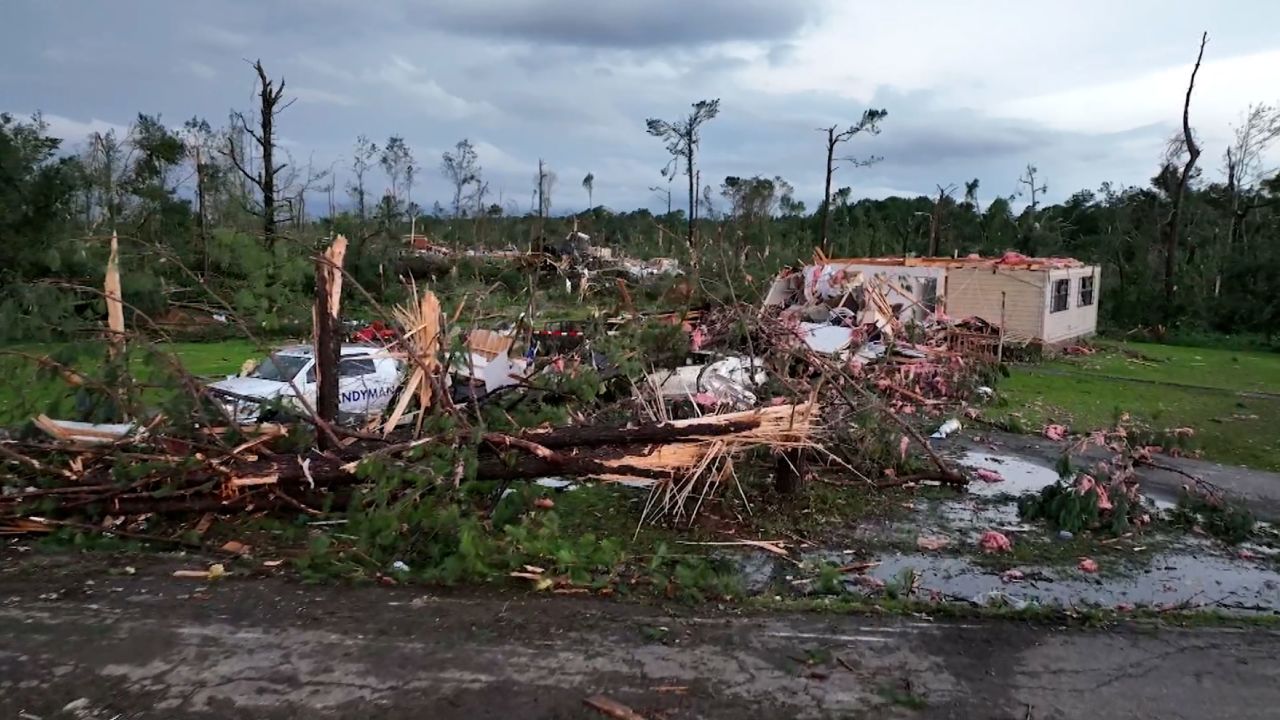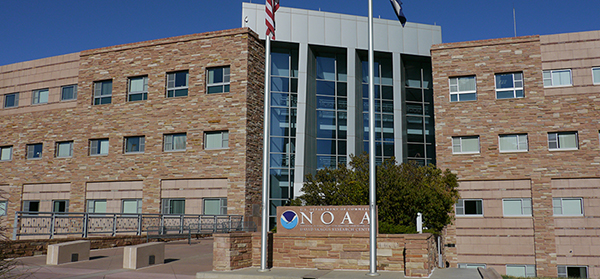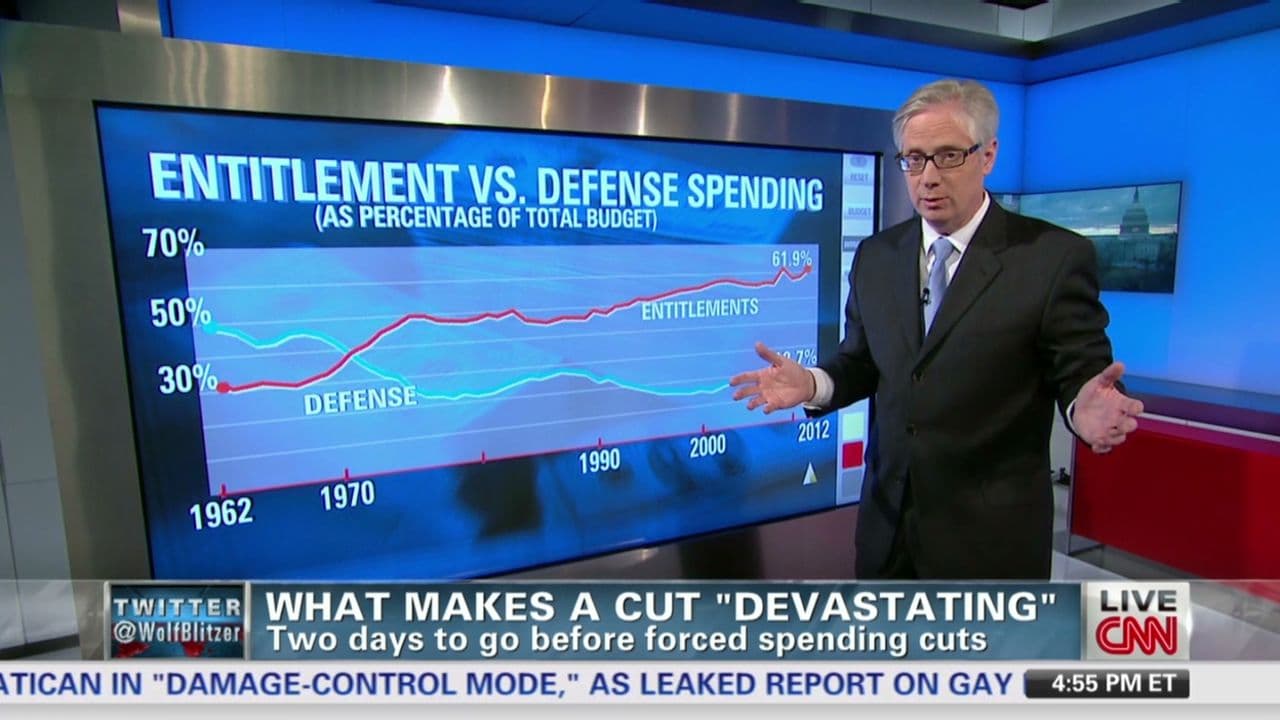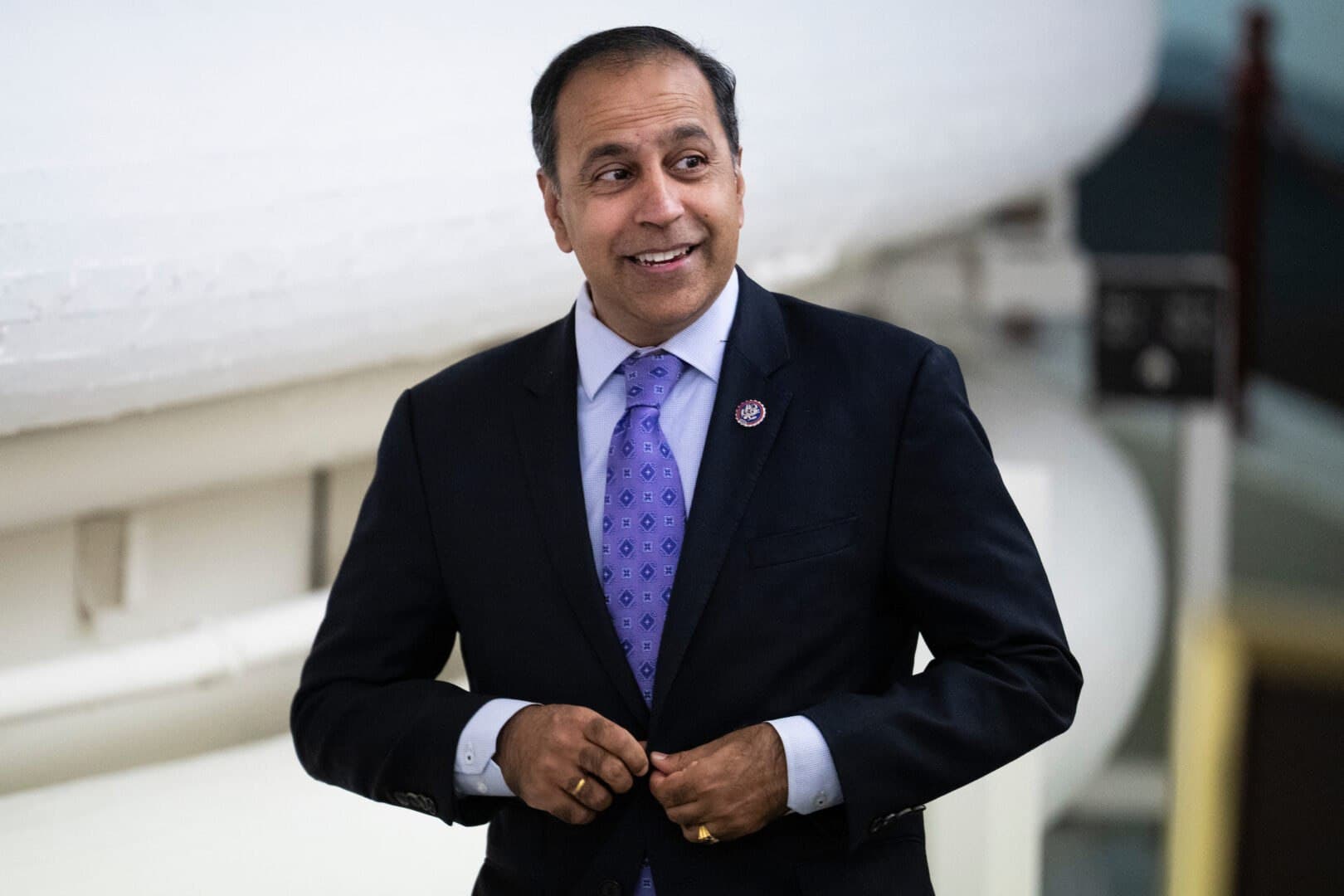The catastrophic toll of extreme weather is becoming impossible to ignore as the United States grapples with an unprecedented surge in tornado activity. So far this year, there have been more than 1,200 tornadoes, resulting in over 60 deaths, with communities in the Mississippi River valley bearing the brunt of this crisis. The alarming eastward shift of tornadoes is alarming, but equally shocking is how budget cuts initiated under the Trump administration have left vital weather services critically understaffed and unable to protect communities.
Trump Cuts Leave Weather Services in Disarray
As reported by The Guardian, the National Weather Service (NWS) has faced devastating staffing cuts, resulting in an inability to maintain standard round-the-clock operations for the first time in its history. These cuts have led to a scenario where essential forecasting services are degraded, putting countless lives at risk as severe storms ravage urban areas.
Communities Face Dual Threats of Tornadoes and Flooding
The 2025 tornado season has converged with extreme rainfall events, exacerbating the risk for communities already on edge. On June 14, West Virginia experienced more than three inches of rain in just thirty minutes, a rainfall intensity that could only have been expected once in a millennium in a stable climate, according to NOAA. The overlapping threats of tornadoes and flash floods create chaotic emergency scenarios, as the NWS struggles with staff shortages and outdated technology.

1 killed and almost 2 dozen injured in overnight storms in Mississippi ...
Neglected Data Sources Compound the Crisis
One of the most alarming consequences of these budget cuts is the decline in weather balloon launches, a critical data source for meteorologists. Historically, weather balloons have provided essential measurements of atmospheric conditions across the country, yet according to NWS, staffing shortages have rendered these launches optional. This loss of data is particularly felt in the eastern U.S., where tornadoes are more frequent, ultimately leading to less reliable forecasts and increased vulnerability for residents.
Public Safety at Risk Amid Political Indifference
Despite the overwhelming evidence of danger, the Trump administration’s approach to the NWS remains dismissive. Secretary of Commerce Howard Lutnick defended the administration’s staffing levels, asserting that no aspect of public safety would be compromised. This blatant disregard for the reality on the ground is echoed by the NPR, reporting that studies indicate a direct correlation between climate change and the increase in tornado occurrences. Yet, this administration continues to push for budget cuts that threaten to cripple essential forecasting capabilities.

Visiting NOAA CSL
Communities Demand Accountability and Action
In the wake of devastating tornadoes in St. Louis and London, Kentucky, residents are left to sift through the rubble of their lives while grappling with the failures of their government. As reported by Wikipedia, the May 16 tornado in St. Louis tore through populated urban areas, raising urgent questions about emergency preparedness and response. The community"s resilience is commendable, but it should not be a substitute for effective policy and adequate funding from federal agencies.
The narrative surrounding these weather disasters is not just about the storms themselves; it is a reflection of deep-rooted systemic issues exacerbated by political decisions. The intersection of environmental policy and social justice is clearer than ever as marginalized communities face the brunt of climate chaos without the support they desperately need.


![[Video] Canada PM Carney says AI data centres must be carbon neutral](/_next/image?url=%2Fapi%2Fimage%2Fthumbnails%2Fthumbnail-1763826648718-lujuba-thumbnail.jpg&w=3840&q=75)
![[Video] Fire at COP30 Climate Summit in Brazil](/_next/image?url=%2Fapi%2Fimage%2Fthumbnails%2Fthumbnail-1763671284663-2idg9-thumbnail.jpg&w=3840&q=75)
![[Video] Fire erupts at COP30 climate summit in Belém, Brazil, no injuries reported](/_next/image?url=%2Fapi%2Fimage%2Fthumbnails%2Fthumbnail-1763661056988-msvhjo-thumbnail.jpg&w=3840&q=75)



![[Video] More videos of ANTIFA activities emerge in Giessen](/_next/image?url=%2Fapi%2Fimage%2Fthumbnails%2Fthumbnail-1764454862523-wtbpg5-thumbnail.jpg&w=3840&q=75)